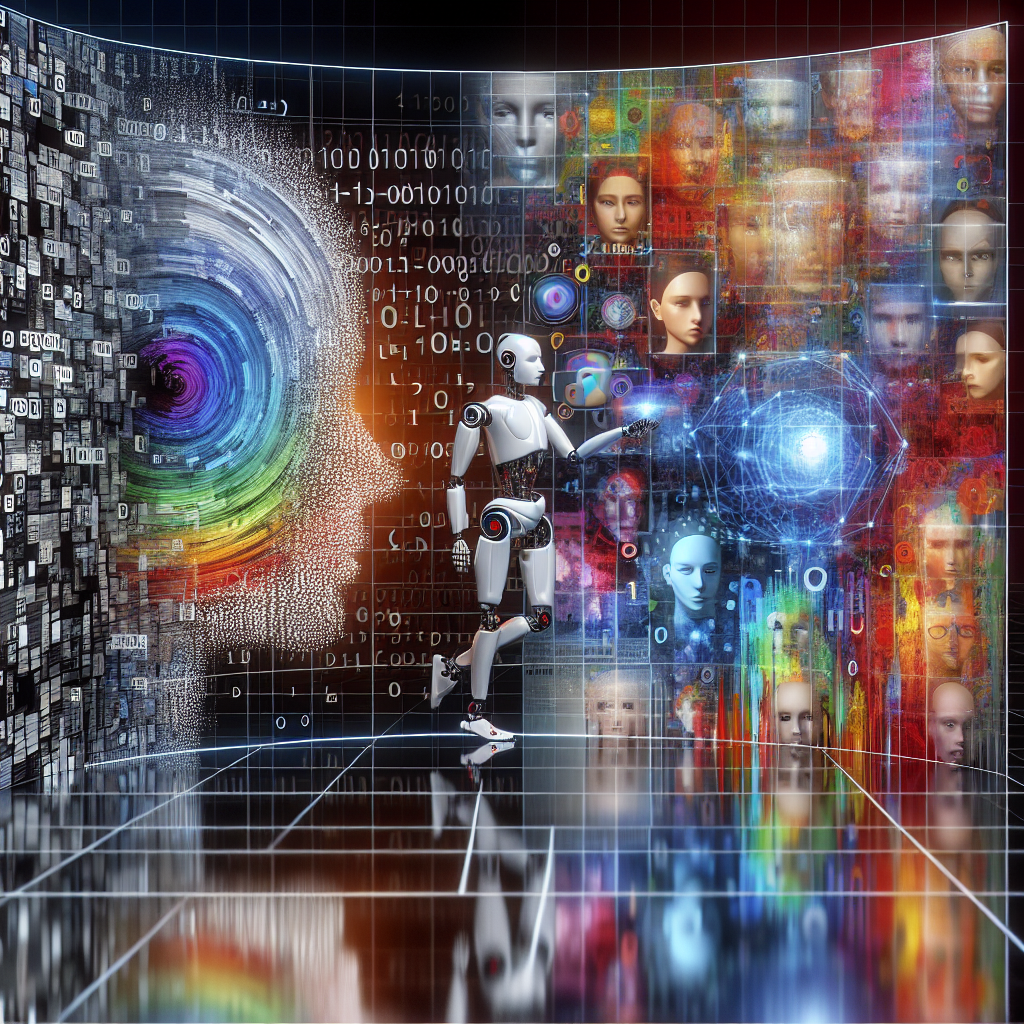Artificial intelligence (AI) software has become an increasingly powerful tool for predicting human behavior in a wide range of fields, from marketing and advertising to healthcare and criminal justice. By analyzing vast amounts of data and identifying patterns and trends, AI software can help businesses and organizations make more informed decisions and better understand their customers, patients, or constituents. In this article, we will explore how AI software is being used to predict human behavior, the benefits and challenges of using AI for this purpose, and some common questions about this technology.
How AI Software Predicts Human Behavior
AI software uses a variety of techniques to predict human behavior, including machine learning, natural language processing, and data mining. Machine learning algorithms are a key component of AI software, as they enable computers to learn from data and make predictions based on that data. These algorithms can analyze large datasets to identify patterns and trends, which can then be used to predict future behavior.
Natural language processing (NLP) is another important technique used in AI software for predicting human behavior. NLP enables computers to understand and analyze human language, such as text or speech, which can provide valuable insights into people’s thoughts, feelings, and intentions. By analyzing social media posts, customer reviews, or other text data, AI software can predict how people are likely to behave in the future.
Data mining is also a critical component of AI software for predicting human behavior. Data mining involves extracting useful information from large datasets, such as customer transaction records or medical records, to identify patterns and relationships that can be used to make predictions. By analyzing this data, AI software can help businesses and organizations anticipate customer needs, identify potential health risks, or detect fraudulent activities.
Benefits of Using AI Software for Predicting Human Behavior
There are several benefits to using AI software to predict human behavior. One of the main advantages is the ability to make more accurate predictions than traditional methods. AI software can analyze vast amounts of data much more quickly and efficiently than humans, enabling businesses and organizations to make more informed decisions based on data-driven insights.
Another benefit of using AI software for predicting human behavior is the ability to identify patterns and trends that may not be apparent to humans. By analyzing large datasets, AI software can uncover hidden relationships and correlations that can help businesses and organizations better understand their customers, patients, or constituents.
AI software can also help businesses and organizations personalize their products and services to better meet the needs and preferences of their target audience. By analyzing customer data and predicting behavior, businesses can tailor their marketing campaigns, product recommendations, or healthcare interventions to individual customers or patients, leading to greater customer satisfaction and improved outcomes.
Challenges of Using AI Software for Predicting Human Behavior
While AI software offers many benefits for predicting human behavior, there are also challenges and limitations to consider. One of the main challenges is the potential for bias in AI algorithms. AI software relies on historical data to make predictions, which can reflect existing biases and inequalities in society. If this biased data is used to train AI algorithms, it can lead to biased predictions and decisions that may harm certain groups of people.
Another challenge of using AI software for predicting human behavior is the complexity and opacity of some AI algorithms. Some AI algorithms are so complex that even their creators may not fully understand how they arrive at a particular prediction. This lack of transparency can make it difficult to trust AI predictions and may raise concerns about accountability and fairness.
Finally, there are concerns about privacy and data security when using AI software to predict human behavior. AI algorithms rely on vast amounts of data, including personal information, to make predictions. If this data is not properly protected or anonymized, it can pose a risk to individuals’ privacy and security.
FAQs about AI Software for Predicting Human Behavior
Q: How accurate are AI predictions of human behavior?
A: The accuracy of AI predictions of human behavior can vary depending on the quality of the data and the algorithms used. In general, AI software can make more accurate predictions than traditional methods, but there is always a margin of error to consider.
Q: How can businesses and organizations use AI software to predict human behavior?
A: Businesses and organizations can use AI software to predict human behavior in a variety of ways, such as analyzing customer data to personalize marketing campaigns, identifying health risks in patients, or detecting fraudulent activities.
Q: How can AI software help improve customer satisfaction?
A: AI software can help improve customer satisfaction by analyzing customer data and predicting behavior to tailor products and services to individual customers’ needs and preferences.
Q: What are some ethical considerations when using AI software to predict human behavior?
A: Some ethical considerations to keep in mind when using AI software to predict human behavior include bias in AI algorithms, transparency and accountability of AI predictions, and privacy and data security concerns.
In conclusion, AI software is a powerful tool for predicting human behavior in a wide range of fields, offering many benefits for businesses and organizations. However, there are also challenges and limitations to consider, such as bias in AI algorithms, complexity of AI algorithms, and privacy and data security concerns. By addressing these challenges and using AI software responsibly, businesses and organizations can leverage the predictive power of AI to better understand and serve their customers, patients, or constituents.

